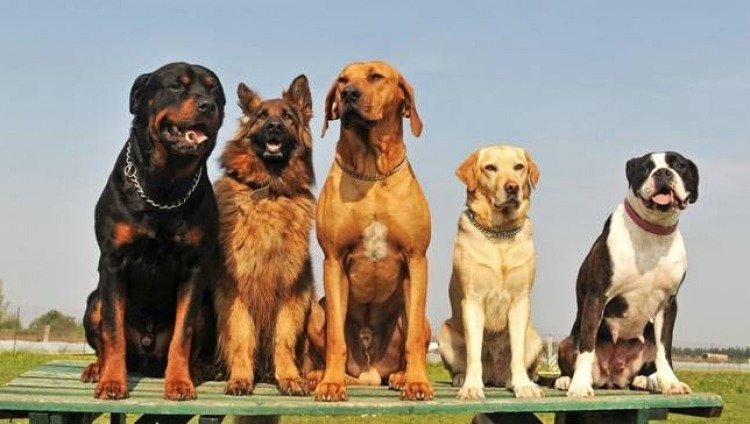Inbreeding in Domesticated Dogs
Chapter 11 of Dr. Tatiana's book begins with the rather taboo idea of inbreeding. Instead of immediately condemning the idea, Dr. Tatiana claims that it is not always a surefire way of a species becoming incapable of carrying on. For many creatures, it is not harmful to subsequent generations. Pinworms and mites are examples of species that can safely interbreed. We learn that inbreeding can be costly when harmful recessive genes are present in family members who then reproduce. The likelihood of two close family members carrying the same harmful genes is much higher than it is between two completely unrelated strangers. Sick offspring do not reproduce the way that healthy offspring can. From this, we know that it is usually not ideal for mammals to mate if they do not have to mate.

'Body size, inbreeding, and lifespan in domestic dogs' further adds information of how inbreeding can negatively affect populations where inbreeding does not aid in reproductive success. Domestic dogs were used in this study because they have a history of both tightly controlled breeding settings and free breeding settings. Dogs also have variable genetic structures. The study used body size and lifespan as areas of focus in observing the effects of inbreeding. We know that body size is a good indicator of how long a dog will live. Smaller dogs live longer than bigger dogs. This is because the rate for aging is accelerated in large breeds compared to smaller breeds. There are multiple theories as to why larger breeds have a more accelerated rate for aging. One theory is that larger dogs are more susceptible to cancer. Dogs grow rapidly during their development, and they may be surpassing a checkpoint for growth which causes unchecked growth and the development of tumors. Regardless of increased chance of cancer, large breeds still have shorter lifespans. When specific breeds of dogs are inbred over many generations, they often have very small populations which causes genes to become fixed.
In order to test whether lifespan, body size, and inbreeding have a correlation, body size and demographic data was obtained from information provided by the American Kennel Club from 2000-2015. In order to gather information about inbreeding, SNP genotype data were used to calculate inbreeding coefficients for 4586 dogs from 117 breeds. Life expectancy and body size correlation data was gathered through the Veterinary Medical Database. Statistical analyses were performed using R. It was found that the level of inbreeding is significant in its relations to body size. Purebreds were observed to live 1.2 years less than mixed breed dogs on average. Also purebreds are less likely to survive as puppies when compared to mixed breeds (Figure 1). Both body size and purebred status affected the lifespan of dogs. Results showed that while large dogs are more prone to inbreeding, their shorter lifespans are more closely associated to age. These findings support the conclusion that recent outcrossing (breeding two dogs that aren't closely related) positively affects lifespan, while inbreeding disproportionately affects negative lifespan.
Figure 1. Purebred dogs and mixed breed dogs and their life expectancy estimates shown in the first two years. Purebred dogs show a lower lifespan which correlates negatively with their body size.
Yordy, J., Kraus, C., Hayward, J., White, M., Shannon, L., Creevy, K., . . . Boyko, A. (2020, February). Body size, inbreeding, and lifespan in domestic dogs. Retrieved April 18, 2021, from https://www.ncbi.nlm.nih.gov/pmc/articles/PMC7326369/
Hi Mary-Clare,
ReplyDeleteGreat post. I thought it was interesting that larger dogs experience an accelerated rate of aging and that this is thought to be because they are at an increased risk of cancer. I was wondering if you came across any information about how natural selection might affect this and possibly select for smaller puppies over time. I would think that, over time, larger breeds would gradually become smaller since smaller dogs would be less at risk for cancer.